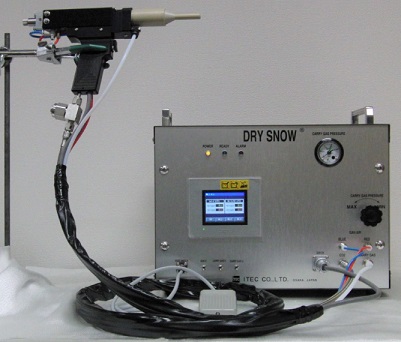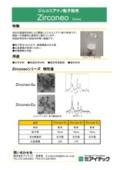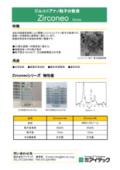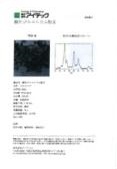Drysnow
Trial test
DS-1 can be used to test spraying fine dry ice snow onto a workpiece at 100 to 300 g/min as shown in the photo at the top of this page.
It is possible to visit for the experiment. Also, as shown in Q.3, you can rent a demo machine.
Please see below. For more information, please click here.
- Adhesive on carbide parts
- Pattern residue on solar cell film
- Fingerprint on glass plate
- Dirt on CMOS image sensor
- Oil and metal powder on motor
- Solder on auto parts
- Glass particles on OEL display device
- Dirt on LCD terminal etc.
We rent out a handy type DS-1 demo machine (Specification).
For operation, a carbon dioxide gas cylinder with a siphon tube, compressor air (or nitrogen cylinder), and a 100V power supply are required.

Applications
Drysnow generates dry ice particles directly from liquefied carbon dioxide, which are then blasted. This allows for the removal of adherent materials without damaging the object. It is suitable for cleaning particles, grease, glue-like materials, as well as confined areas.
Dry ice particles have a Mohs hardness of 2, are softer than plastic, and are snow-like particles with an average size of about 30 μm. Hence, they do not scratch plastics. This is what makes it different from typical dry ice blast cleaning systems, which use crushed dry ice blocks.
Also, no water is required, and the dry ice particles sublimate and disappear, eliminating the need for a drying process. No waste is produced, and carbon dioxide is noncombustible and nontoxic, making this an environmentally friendly cleaning system.
Characteristics of Drysnow cleaning
- No damage to the target: Cleaning with soft dry ice particles.
- No secondary treatment required after cleaning: Dry ice sublimates and disappears in an instant.
- High cleaning effectiveness: Better than many cleaning methods.
- Environmentally friendly: As an alternative to high-pressure water and solvent cleaning.
There are semiconductor electronic parts such as printed circuit boards, wafers and hard disks, optical parts such as lenses, and precision parts. It can also be applied when you want to omit post-cleaning treatment or when you need environmentally friendly cleaning.
Please refer to Q.2 and here for details.
Because ultrasonic cleaning and Drysnow have different mechanisms, they also have different areas of expertise. For example, Drysnow is better at cleaning glue-like substances such as adhesives. On the other hand, Drysnow jets must hit the cleaning area, so if cleaning areas that cannot be access, it is necessary to combine Drysnow with ultrasonic cleaning.
Apparatus
See below.
| Type | Handy type: DS-1 | For inline use: DS-2 |
| Usage | Manual cleaning | Inline system (2 gun/set) |
| Size and weight | Controller: 425W x 412D x 360H 、~ 25kg gun: 45W x 150H x 270L 、約 2.5kg |
Controller: 425W x 412D x 360H 、~ 25kg gun: 57W x 70H x 296L 、~ 2.4kg/gun |
| Consumption | Power: ~ 800 W Liquid CO₂: 100-300 g/min/gun (30-150g/min is also available) Carrier gas: dry air or nitrogen ~160 L/min |
|
DS-2 is for in-line use. The difference from DS-1 is that it has an automatic operation mode and can be externally controlled to turn the blast ON/OFF. The size of the gun is W57xH70xL296.
For example, two guns scan zigzag and blast at the same time. As a result, the cleaning time of one HDD is practically 2.5 seconds.
Operation requires a carbon dioxide gas cylinder with a siphon tube, compressor air (or nitrogen cylinder), and a 100V power supply. Please refer to Q.7 for each consumption.
Since carbon dioxide gas is used, please ventilate the place of use. The atmosphere contains about 400ppm of carbon dioxide, but the Japan Society for Occupational Health has decided that the permissible concentration is 5000ppm.
When dry ice hits the object to be cleaned, static electricity is generated, so care must be taken when cleaning semiconductor circuits.
This device heats the carrier gas, but if the object to be cleaned is cooled during cleaning, dew condensation may occur and watermarks may occur. To prevent this, dry air or dry nitrogen gas may be used as the carrier gas, and the atmosphere may be purged with these.
General
Please see here.
The following catalogs and brochures are available. Please request them from the “Contact Us” page on this website.
| Zirconeo |  Powder p.1 |  Dispersion p.1 |  Technical data p.1 |
